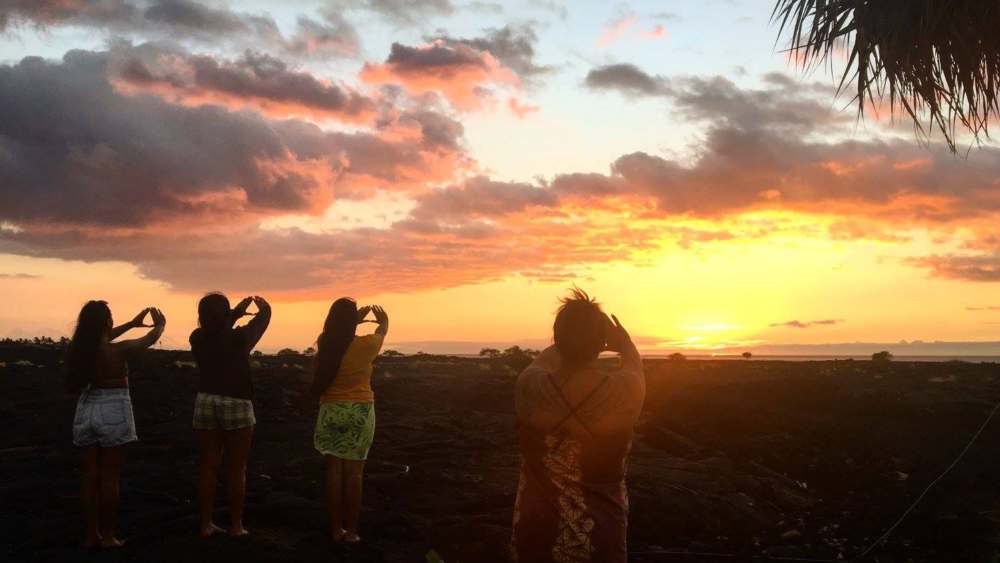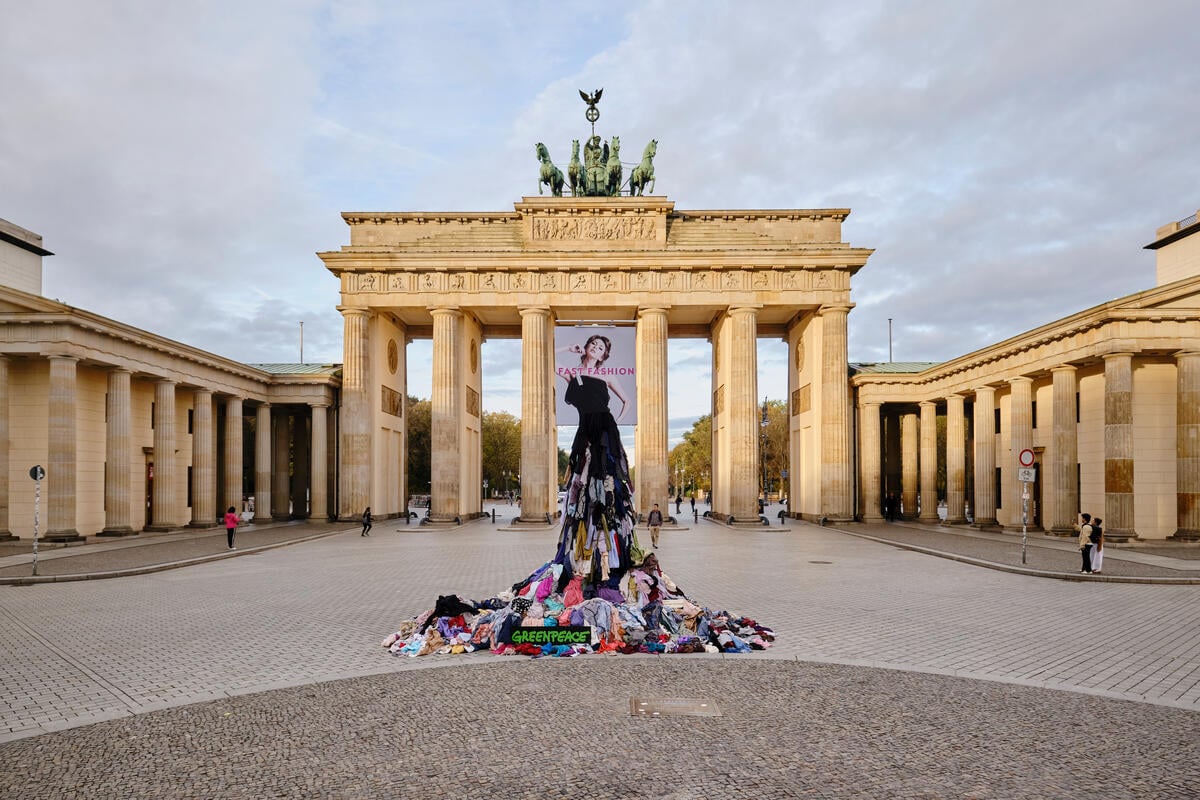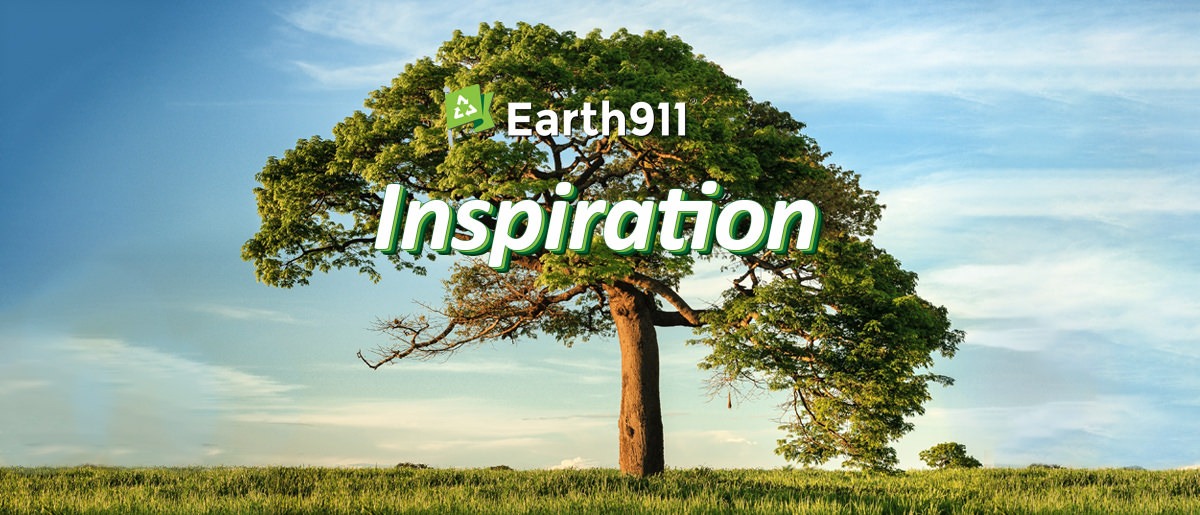December 2024
Editor’s Note: This article was revised on Feb. 11, 2025.
Dr. Kanoe Morishige (PhD) shares her career journey as a Kānaka ʻŌiwi (Native
Hawaiian) scientist and cultural specialist with NOAA over the last three years, and how
Indigenous community partnerships helped students overcome systemic barriers and build the
next generation of Kānaka ʻŌiwi scientists and young leaders through support
from NOAA Papahānaumokuākea Marine National Monument and the University of
Hawaiʻi at Hilo. The Kūʻula course was created in the Marine Science
Department and provided life changing experiences for Kānaka ʻŌiwi, Pacific
Islander, and local students to weave Indigenous and western knowledge systems through
building relationships with communities through service to people and place. Morishige
strives to pass the torch to future generations of Kānaka ʻŌiwi scientists,
educators, and practitioners, who are all members of the communities we call home.
“I am a forever haumāna (student) learning how to think with intention, set
expectations early on, and have the honest conversations we need to reach a place where
co-production of Indigenous and western knowledge can happen in a pono (appropriate,
ethical) way.” – Kanoe Morishige
Inspired by the words of renowned Fijian and Tongan poet, ‘Epeli Hau’ofa, there are no better
caretakers for the world’s largest ocean than the Indigenous communities who have lived in
sync with this sea of islands, which has sustained them for millenia. The wisdom and
Indigenous scientific inquiry over time allowed our ancestors to navigate across thousands
of miles of the worldʻs largest ocean, what we know as Moananuiākea.
The Northwestern Hawaiian Islands are known as the ʻāina akua (realm of the
gods/deities) and kūpuna (ancestral) islands to Kānaka ʻŌiwi. This is a
place where our archipelago and all life forms originate, recorded in the longest known oral
narrative of the birth of our world, our islands, our coral polyp, and the many life forms
that succeeded. This special place is one of the worldʻs largest marine protected areas
known as Papahānaumokuākea Marine
National Monument and is the only Mixed Natural and Cultural UNESCO World Heritage
Site in the U.S.

arriving at Mokumanamana. Photo: Kaʻaleleo Wong
For the past 22 years, the Cultural Working Group has been actively engaged in caring for
these islands and waters as the Native Hawaiian community voice providing advice to the
Monument Management Board through the Monument co-manager and co-trustee, the Office of
Hawaiian Affairs. The Cultural Working Group is composed of Native Hawaiian kūpuna
(elders), researchers, cultural practitioners, educators, and community members that have
deep connections and historical ties to Papahānaumokuākea Marine National
Monument through a living pilina bound by genealogy, cultural protocols, and values
building contemporary multi-disciplinary research and practice. The Cultural Working Group
advocated for the creation of the position I currently serve in as the Native Hawaiian
program specialist for NOAA Papahānaumokuākea Marine National Monument. I work
closely with the group to uplift their voices in all aspects of management.
Upholding Indigenous Values as a Scientist
This job is more of a kuleana (privilege,
responsibility) to me and is intertwined into my self-identity and personal
relationships. In Hawai’i, Kānaka ʻŌiwi (Native Hawaiians) are rooted in
aloha ʻāina, a deep seeded love and devotion to support the health and well-being
of places and people, and the pilina that bind us to who we are and where we come from. For
us, our knowledge systems grow through pilina, moʻolelo (stories/experiences), values,
and practices that honor the moʻokūʻauhau (genealogy) and legacy of our
kūpuna (ancestors) and kumu (mentors/teachers). I carry with me the knowledge and
pilina with Kānaka ʻŌiwi mentors, friends, and communities who I regard as
family.
Investing in Indigenous Students as Future Leaders
As Indigenous scientists navigating academic systems, we often find ourselves in institutions
that prioritize individual achievements—publishing papers, securing grants, and reaching
career milestones—while sidelining the values of community, reciprocity, and collective
knowledge that are central to our cultures at the core of who we are. Kūʻula was
established in 2008 through the efforts of Kānaka ʻŌiwi NOAA
Papahānaumokuākea Marine National Monument staff Moani Pai and ʻAulani
Wilhelm who saw the need to address the systemic barriers that undervalue ʻŌiwi
expertise and hinder access to obtain leadership and decision-making roles in academia,
conservation, and resource management. Collaborating with Dr. Misaki Takabayashi, they
launched the first Kūʻula class to support and empower ʻŌiwi scientists.
The goals of Kūʻula were to explore the intersections of ʻŌiwi and
western sciences, integrating these systems to conduct research through perpetuating
ʻŌiwi knowledge systems, values, and practices in contemporary conservation. The
first three cohorts also traveled to Kuaihelani (Midway Atoll) in
Papahānaumokuākea, part of cultivating pilina with this sacred place. We centered
our work on serving our people by engaging directly with ʻŌiwi experts, exploring
ancestral knowledge, and immersing ourselves in Hawaiian oral traditions such as oli
(chants), mele (songs), moʻolelo (narratives, stories), and kaʻao (epic stories),
while supporting communities who are caring for the land and ocean they call home.

Takabayashi
Kūʻula was the lifeline I needed to persevere as a marine science and Hawaiian
studies double major. Watching many Kānaka ʻŌiwi and local classmates drop
out or change majors left me feeling isolated in a department where few shared my
background. I felt alone within the department as more and more people in my classes were
not from Hawai‘i and asserted themselves in ways that were fundamentally and culturally
different from how we are raised in Hawaiʻi. Kūʻula was the first course that
empowered me to embrace my identity and build confidence as a Hawaiian scientist. It showed
me I could succeed in a western academic system while staying true to my values and
ancestral knowledge. Kū‘ula was the pewa (connector) to who I was as a Hawaiian woman,
how I chose to weave my values, practices, and ancestral knowledge systems into research.
Most importantly, it helped the students become better community members through building
meaningful pilina with ʻŌiwi communities, many of which we all work with today. It
reinforced that our understanding of the environment is not confined to a single perspective
and that we are inseparably tied to the land, ocean, and by extension, our kūpuna and
communities. Yet, Indigenous students often face systemic barriers in academia, where power
dynamics can marginalize and invalidate our knowledge. Indigenous Knowledge is too often
dismissed as outdated, leaving many of us frustrated by its exclusion from western
scientific literature and the devaluation of our intellectual traditions.

intertidal zone at Lalo (French Frigate Shoals) as part of the Intertidal Research
Cruise in Papahānaumokuākea Marine National Monument. Photo: Pelika Andrade
Hoʻopulapula: The Seeds Will Grow
The Kūʻula program sheds light that the solution to overcoming those systemic
barriers is for NOAA and other federal agencies to invest more time and resources into
planting the seeds with young Kānaka ʻŌiwi scientists. The long-term
investment pays off once the seeds take root and sprout. Over 90% of Kūʻula alumni
now work in natural resource management or pursue advanced degrees, actively integrating
Indigenous Knowledge into research, policy, decision-making, and conservation practices.
Many Kūʻula alumni remain steadfast in their commitment to caring for
Papahānaumokuākea, ready to kōkua (help) whenever called upon.
Grounded in our identity as Kānaka ʻŌiwi, we aim to drive systemic change
within resource management agencies and education systems, ensuring they reflect our values
and kuleana to kaiaulu (community) and lāhui (Hawaiian nation). Under the leadership of
Pelika Andrade, Kūʻula alumni founded Nā Maka Onaona (formerly Nā Maka o
Papahānaumokuākea), a Native Hawaiian nonprofit organization that has been
conducting intertidal research for more than a decade to support adaptive community-based
management. Alumni have also trained as science divers at the University of Hawaiʻi at
Hilo, contributing to coral reef surveys in Papahānaumokuākea, and some have
continued to build the Native Hawaiian Program as NOAA Papahānaumokuākea Marine
National Monument staff.
Papahānaumokuākea’s legacy continues to inspire and invest in the next generation
of Kānaka ʻŌiwi stewards, scholars, and scientists. This collaboration
challenges the extractive practices of “parachute science,” where researchers fly in to do
their research and leave without future correspondence or acknowledgement of the communities
who made their research possible. The goal is to promote research grounded in pilina and
reciprocity, ensuring the communities enabling the work are acknowledged and uplifted.
I ola ʻoe, i ola mākou nei.
When you thrive, we all thrive.
The ʻāina (lands/oceans) can be abundant and healthy while also allowing us to feed our
communities. When we shift the relationship between people and nature away from being
extractive and transactional towards one committed to building pilina and trust over time
with Indigenous communities, that’s when the real work can begin to heal our relationships
with nature for future generations.
E Kanu Hou – Plant More Seeds
To foster better Indigenous engagement, federal agencies must seriously invest in hiring more
Indigenous People in agency decision-making roles. These individuals bring invaluable lived
experiences and deep connections to Native Hawaiian communities, fostering pilina and
supporting multidisciplinary collaborations in research, policy, management, and community
engagement. Their presence is essential for teaching the agency how to engage in ethical,
and reciprocal ways. Only through long-term investments will partnerships with Indigenous
communities be able to grow. As part of that, developing training programs and internships
for Kānaka ʻŌiwi and local students and community members should have
specific strategies to dismantle barriers that inhibit Kānaka ʻŌiwi
participation and contributions. The success of Kūʻula and other long-standing
partnerships, guided by the Cultural Working Group, highlights the importance of Indigenous
leadership in building lasting, meaningful relationships between communities and agencies.
Indigenous Peoples comprise less than 5% of the world’s population and protect
80% of global biodiversity. Addressing today’s conservation challenges requires
federal agencies to uphold trust responsibilities and follow guidelines for Indigenous engagement. This
means fostering ethical and reciprocal relationships through open and honest discussions,
even when difficult. Clear, transparent expectations and constant communication are
essential to achieving a shared vision. When different knowledge systems come together,
Indigenous NOAA staff provide essential leadership and guidance within a collaborative
community of practice.
Kanoe Morishige is the Native Hawaiian program specialist at Papahānaumokuākea
Marine National Monument
Rachel Plunkett is the content manager and senior writer at NOAA’s Office of National
Marine Sanctuaries
Source link
allison.burrell www.noaa.gov



